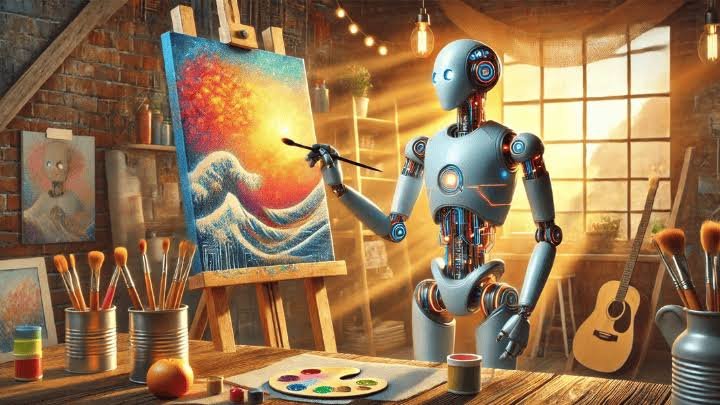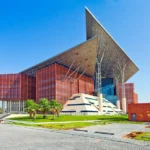From AI‑generated music to algorithmic storytelling, creative fields are being upended by models that can compose, design, and even critique. But alongside new possibilities come questions about authenticity, ownership, and the future role of human creators.
1. Generative AI Across Mediums
- Visual Arts & Design:
- Text‑to‑Image Engines: Tools like Midjourney produce gallery‑quality artwork in seconds, enabling rapid concept prototyping for illustrators and advertisers.
- Style Transfer: Algorithms can re‑render photographs or videos in the style of van Gogh, Warhol, or any artist—opening new avenues for content remix.
- Music & Sound:
- Algorithmic Composition: Platforms like AIVA and OpenAI’s Jukebox generate original scores, from symphonic movements to electronic beats, trained on decades of musical data.
- Adaptive Soundtracks: Video‑game engines use AI to compose music that responds in real‑time to player actions and narrative beats.
- Writing & Storytelling:
- Long‑Form Drafting: Large language models can outline, draft, and even localize entire articles, novels, or scripts—accelerating writers’ workflows.
- Interactive Narratives: AI‑powered chat interfaces let audiences co‑create stories on the fly, blurring the line between author and reader.
2. Ethical & Legal Dimensions
- Intellectual Property: Who owns AI‑generated content? Jurisdictions differ on granting copyrights to non‑human authors.
- Attribution & Transparency: Audiences and collaborators increasingly demand disclosure when AI plays a substantive role.
- Bias & Representation: Training datasets must be diverse to avoid perpetuating harmful stereotypes in generated media.
3. Hybrid Workflows: Humans + AI
- Creative Collaboration: Designers and directors use AI as a co‑pilot—iterating on dozens of concepts before selecting and refining the human‑approved final.
- Quality Control: Human curators vet and post‑process AI outputs for coherence, style consistency, and audience alignment.
4. Implementing an AI‑First Creative Pipeline
- Define Roles: Decide which stages (ideation, drafting, polishing) benefit most from AI assistance.
- Tool Selection: Combine open‑source frameworks (e.g., Stable Diffusion, Whisper) with commercial APIs that offer SLAs and support.
- Feedback Loop: Capture user ratings and engagement data to fine‑tune model prompts or retrain custom variants.
- Governance: Establish guidelines for attribution, ethical boundaries, and acceptable use cases.
5. Case Study: AI‑Enhanced Film Pre‑Production
- Studio: A mid‑sized animation house used AI to generate mood‑boards and storyboard frames.
- Process: Initial script prompts produced 50 visual treatments per scene; directors selected top 5 and guided artists in further refinement.
- Impact: Pre‑production time dropped by 30%, and concept iteration costs fell by 40%.
6. Future Outlook
- Real‑Time Synthesis: Live AI assistants will generate on‑the‑fly graphics and sound for virtual concerts and interactive theater.
- NFTs & AI Co‑Creation: Unique AI‑driven artworks minted as NFTs will enable new monetization models and fan engagement strategies.
Conclusion
AI isn’t replacing human creativity—it’s amplifying it. By thoughtfully integrating generative tools into established workflows, creative professionals can explore bolder ideas, streamline production, and deliver richer experiences—while safeguarding authenticity, fairness, and artistic integrity.









